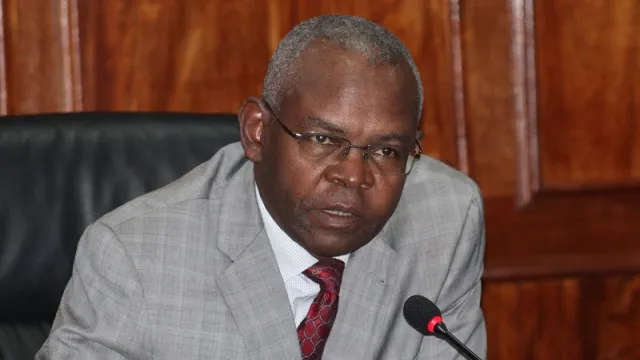CEOs sound alarm on soaring interest rates

CEOs sound alarm on soaring interest rates
In a survey ahead of the Monetary Policy Committee (MPC) meeting on April 3rd, CEOs across Kenya have raised the red flag over high-interest rates and the impact of taxation measures despite an optimistic outlook for the country's economic growth this year.
The CEOs Markets Perception Survey, conducted by the Central Bank, revealed a growing sense of optimism among industry leaders about business activity over the next 12 months.
Despite this optimism, the MPC's decision to maintain the benchmark lending rate at 13 percent during its latest review signals that Kenyan borrowers will continue to face high costs for loans and credit.
This decision comes against the backdrop of Kenya's banking industry experiencing an increase in the ratio of gross non-performing loans (NPLs) to gross loans, which stood at 15.5 percent in February 2024, up from 14.8 percent in December 2023. The rise in NPLs was noted across several sectors including real estate, trade, and construction, among others.
Banks have reportedly made adequate provisions for these NPLs, ensuring the sector's stability. Meanwhile, commercial banks to the private sector saw a growth rate of 10.3 percent in February 2024, a slight decrease from 13.8 percent in January 2024.
Read also: Rise in short-term interest rates to push loyalty points redemptions
Despite this, significant credit growth was observed in manufacturing, transport, trade, and consumer durables, indicating continued demand for working capital.
Dr. Kamau Thugge, Chairman of the MPC, stated that the current monetary policy stance is expected to guide overall inflation towards the 5 percent mid-point of their target range.
The Committee also noted improvements in lowering inflation and stabilizing the exchange rate, with expectations for inflation to decline further in the near term, supported by lower food and fuel prices and the positive effects of recent exchange rate appreciation.
Additionally, Kenya's forex reserves, standing at $7,136 million—equivalent to 3.77 months of import cover—were recognized for providing sufficient cover and buffering against short-term shocks in the forex market.
This financial health indicator, alongside the expressed concerns and hopes of the CEOs, paints a complex picture of Kenya's economic landscape as it navigates through challenges toward growth.



